
Back in the day, things were slower. People told stories by the fire, wrote letters by hand, and waited excitedly for the reply to arrive. Today, everything is moving at a faster pace. Are these old ways of doing things just relics, or can they teach us something valuable? Let’s look at a few things that shaped our grandparents’ era.
Handwritten Letters
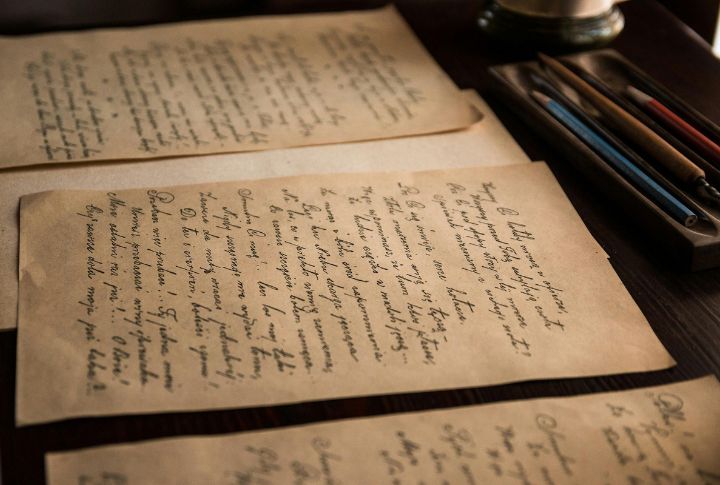
In an age dominated by digital communication, the practice of handwritten letters has largely vanished. Once, letters were the primary means of keeping in touch with loved ones far away. The anticipation of waiting for a letter, the joy of receiving one, and the intimacy of reading personal handwriting are experiences unfamiliar to many today. Handwritten letters carried emotions in every stroke, something emails and texts struggle to replicate.
Family Dinners

The tradition of shared family meals, once a cornerstone of family life, appears to diminish in the face of our increasingly hectic schedules and the prevalence of convenient fast food options. For past generations, gathering around the table to dine and converse was fundamental to fostering family unity. This decline in the frequency of family dinners translates to a loss of valuable opportunities for bonding, with the dinner table no longer serving its historical role as a space to instill manners, share experiences, and cultivate a sense of togetherness.
Homemade Remedies
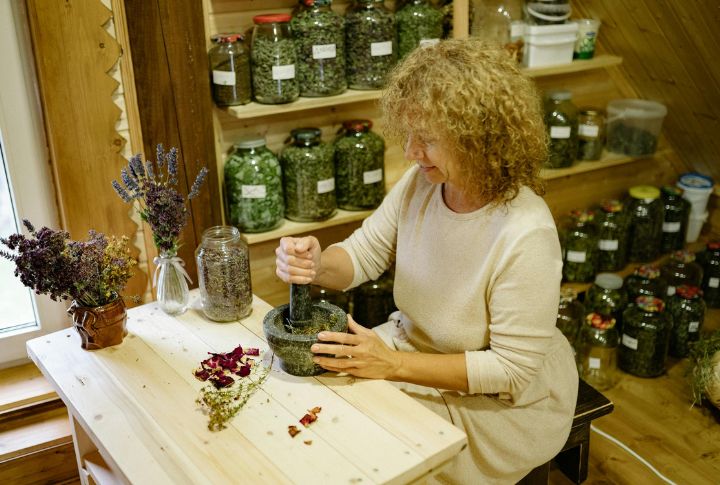
Before the convenience of over-the-counter medications, homemade remedies were the norm. Grandparents often relied on natural ingredients and age-old wisdom to treat ailments. The remedies passed down through generations represented a deep connection to nature and ancestral knowledge. Today’s reliance on pharmaceuticals has overshadowed these traditional practices, so much of this valuable folk medicine has been forgotten.
Storytelling Evenings
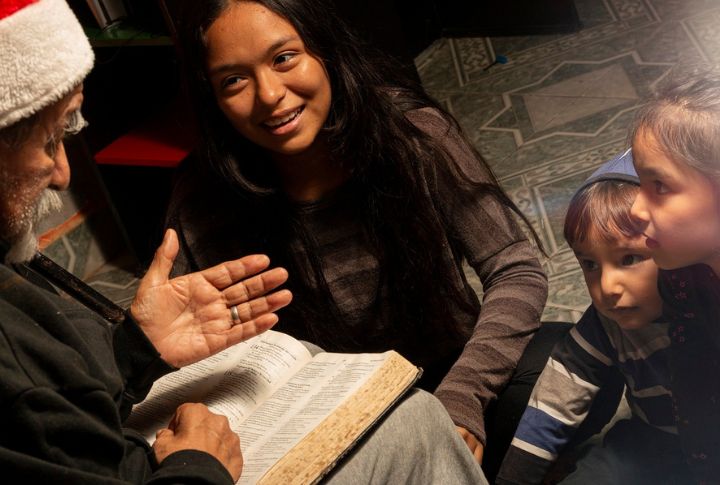
Before the advent of television and internet streaming, storytelling was a cherished evening activity. Grandparents were the primary narrators, passing down knowledge through tales from their own experiences, folklore, and historical accounts. These narratives provided entertainment and functioned as vehicles for transmitting moral lessons and safeguarding cultural heritage. Unfortunately, the dominance of screen-based entertainment in the modern era has primarily supplanted the art of verbal storytelling.
Craftsmanship Skills
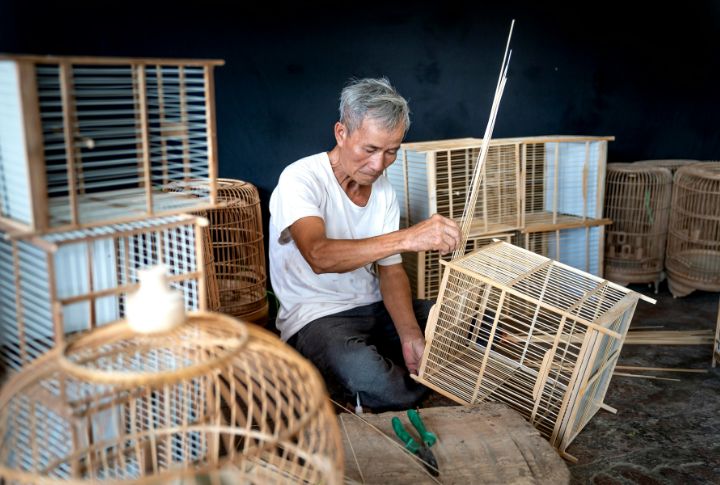
Our grandparents often possessed craftsmanship skills, whether woodworking, knitting, or sewing. Such hands-on abilities were not just hobbies but essential parts of daily life. Creating something by hand brought a sense of accomplishment and practicality. Sadly, today’s mass production and consumerism have diminished the need for such skills. The art of making things from scratch is fading, along with the required patience and precision.
Baking from Scratch

Making every ingredient for baking was routine, filling homes with the warm aromas of freshly made bread, cakes, and pies. The practice required time, patience, and a love for baking. Nowadays, convenience foods and pre-packaged mixes have largely replaced the art of homemade baking.
Sewing and Mending Clothes
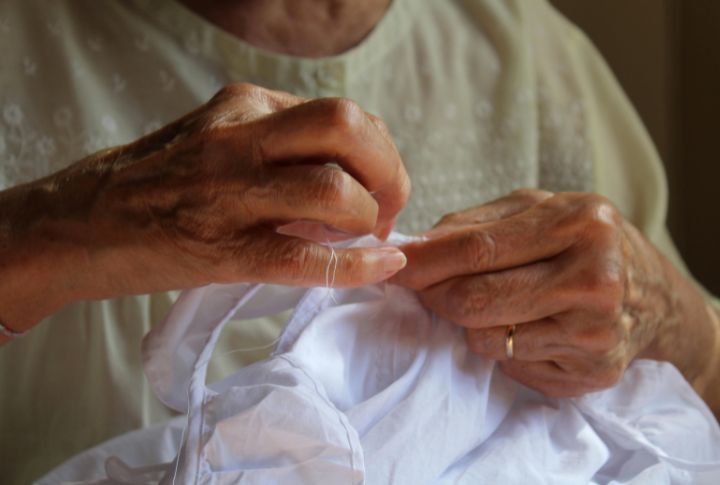
Sewing transcended mere repair; it was a practical skill that allowed people to extend the life of clothing and even create new pieces. Many grandparents were masters of this art, able to mend and make garments. With the rise of fast fashion, these skills have become less common, and clothing is often discarded rather than repaired. Sewing and mending als provided a creative outlet and a sense of pride in one’s handiwork.
Physical Photo Albums
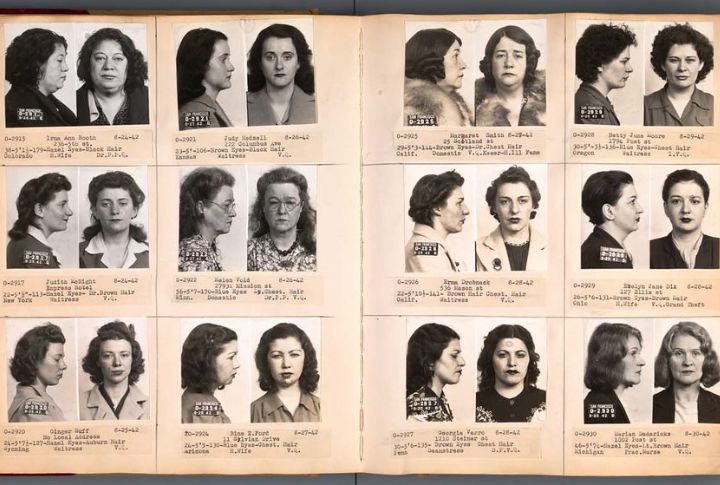
Traditionally, physical photo albums served as cherished repositories of memories. Filled with meticulously printed photographs, these albums were often annotated with dates and personal notes. Passed down through generations, they became treasured family heirlooms. However, with the rise of digital photography, the practice of creating and maintaining physical photo albums has waned. Today, photographs are more likely to reside on cloud storage or personal devices, rarely finding their way into print or displayed prominently in the home.
Wearing Sunday Best

Dressing in one’s best clothes for church or special occasions was widespread among our grandparents. It emphasized respect and the significance of the event one was attending. Today, casual attire is more prevalent, even in formal settings. Wearing Sunday Best was a way to honor the occasion and the people involved.
Social Dancing
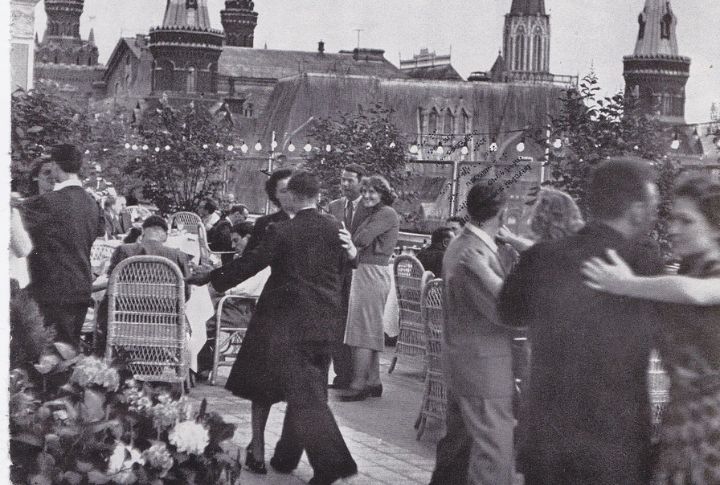
Social dancing, including ballroom and swing, was a popular pastime that brought people together for fun and exercise. Grandparents often attended dances regularly, enjoying the music and the social interaction. With modern entertainment options and changing social habits, such dances are less common.
Board Games and Puzzles
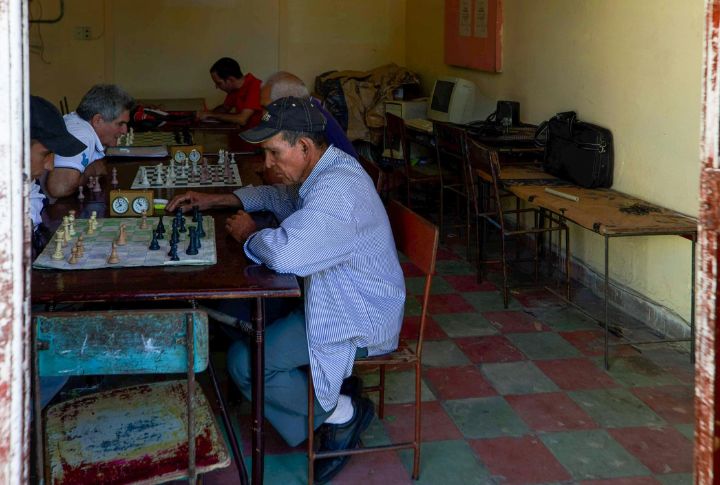
Before the digital era, board games and puzzles were a primary source of entertainment and family bonding. Such activities required teamwork, strategy, and patience, fostering interaction and cognitive skills. Today, digital games and online entertainment have taken the place of these traditional pastimes.
Gardening and Growing Food
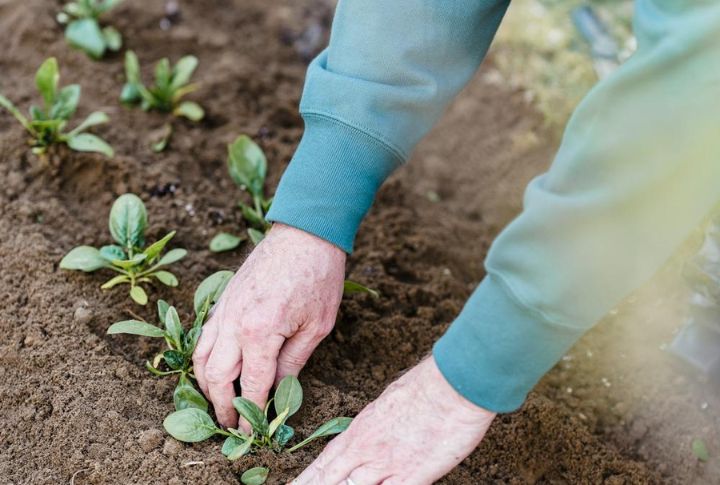
Gardening and growing one’s own food were standard practices, often necessary for supplementing the family diet. Grandparents took pride in their gardens, enjoying the fruits of their labor and the connection to nature. With current urbanization and the convenience of grocery stores, fewer people garden or grow food.
Home Canning
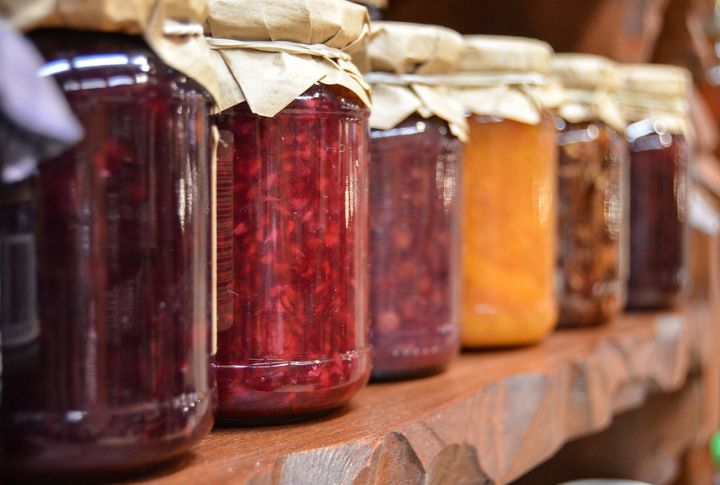
Home canning, a traditional method of preserving fruits and vegetables, offered households year-round access to homegrown produce. This practice, often requiring dedicated days from past generations, resulted in a bounty of canned jams, pickles, and sauces. However, the widespread availability of commercially canned goods and the invention of freezers have significantly diminished modern society’s need for home canning.
Handcrafting Gifts
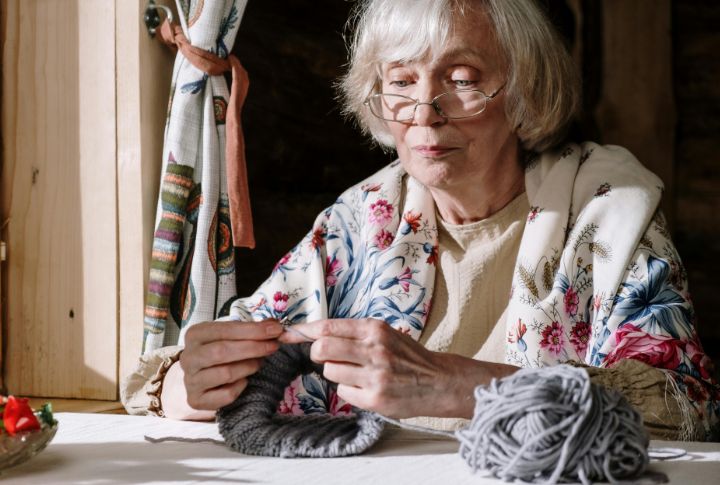
The tradition of handcrafting gifts embodied a deep thoughtfulness, with the giver investing significant time and effort to create a unique and personalized item. Grandparents often expressed their affection through knitted scarves, homemade jams, or handcrafted furniture. In contrast, convenience has shifted towards store-bought gifts in the modern era.
Handmade Toys
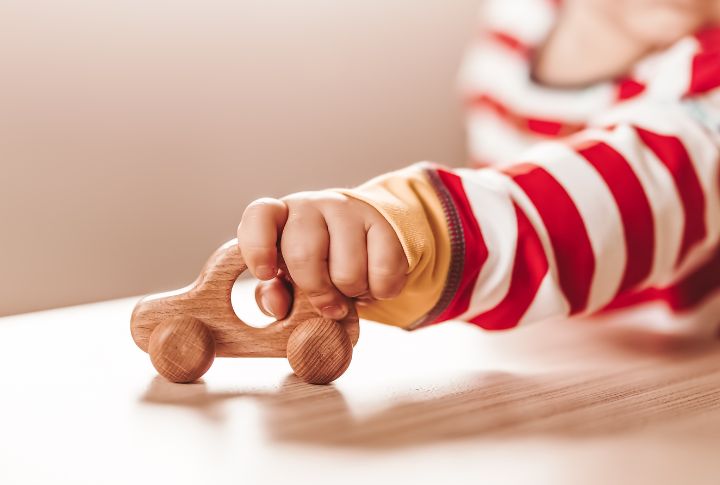
Children in our grandparents ‘ era cherished handmade toys crafted from wood, fabric, and other materials. These toys were often unique and built to last, promoting creativity and imagination. Mass-produced plastic toys have largely replaced handmade ones, offering convenience but often lacking durability.
